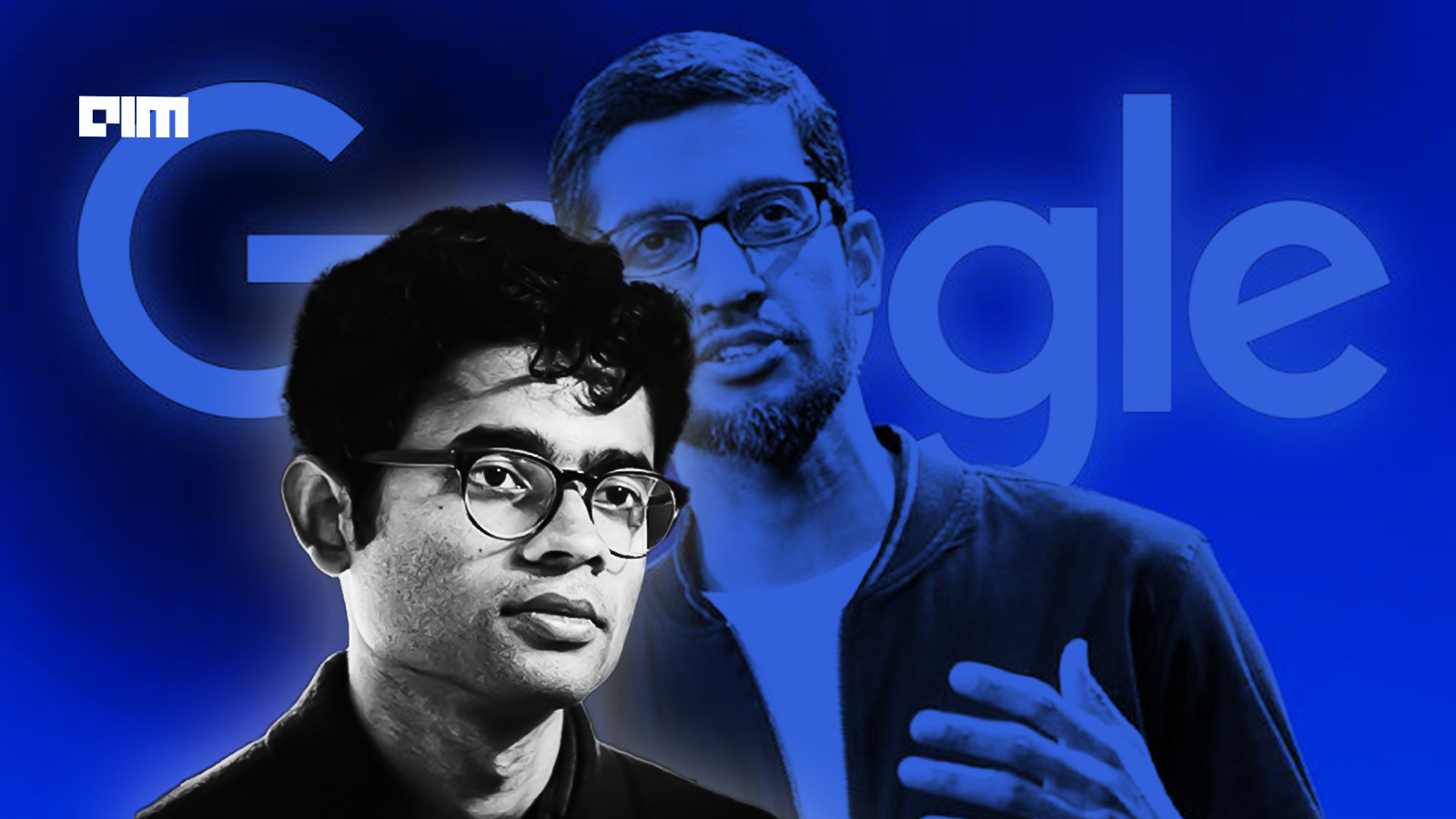Windsurf was on the verge of being one of the biggest AI acquisitions of the year. OpenAI had lined up a $3 billion deal to purchase the startup, giving it a powerful edge in the race for enterprise developer tooling. The valuation was high, the team was top-tier, and the company was scaling fast. But within weeks, everything unraveled. The acquisition fell through, and instead of joining OpenAI, Windsurf’s CEO, cofounder, and core research team were hired by Google DeepMind. Google also secured a nonexclusive license to the company’s core IP. The company itself remained independent, but without the people or momentum.
Why OpenAI Wanted Windsurf in the First Place
Windsurf had built an advanced AI-native integrated development environment based on a customized fork of Visual Studio Code. The product featured enterprise-grade security, deep IDE integration, and high-speed agent-based workflows. It was seen as one of the most mature offerings for developers building AI-native software tools.
The company was founded in 2021 at MIT by Varun Mohan and Douglas Chen. It quickly gained traction among enterprise users. By early 2024, Windsurf had grown its annual recurring revenue from $40 million to over $100 million. It had raised more than $200 million from investors including Founders Fund, General Catalyst, Greenoaks, and Kleiner Perkins. With momentum, funding, and product maturity on its side, Windsurf became a natural target for OpenAI’s enterprise strategy.
OpenAI’s Codex product had shown early promise in generating code but lacked the seamless developer experience that Windsurf had perfected. A full acquisition would have allowed OpenAI to fold Windsurf’s technology into its own tools and offer a more complete, enterprise-ready coding assistant platform.
The Microsoft Clause That Derailed the Entire Acquisition
The OpenAI-Windsurf deal was nearing completion when a critical structural issue came into focus. OpenAI’s partnership with Microsoft grants the tech giant automatic access to all IP developed by OpenAI until the achievement of artificial general intelligence. This arrangement, while lucrative for OpenAI in terms of funding and infrastructure, became a liability in the context of acquiring Windsurf.
Because Windsurf’s product was built on top of VS Code, originally developed by Microsoft and any acquisition by OpenAI would have automatically shared its innovations with Microsoft. That would have handed Microsoft a competitive advantage in AI developer tooling, particularly through its GitHub Copilot product, without requiring it to make any investment or acquisition itself.
This dynamic created an impasse. From Windsurf’s perspective, being acquired by OpenAI meant losing control of its IP to Microsoft, a company it would inevitably compete with. From OpenAI’s side, the partnership constraints could not be easily adjusted. The result was a breakdown in negotiations. The exclusivity period expired. The deal fell apart.
Google Stepped In with Cleaner Terms and a Strategic Offer
As OpenAI’s deal disintegrated, Google DeepMind acted quickly. The company offered Windsurf’s leadership a clean structure: Google would not acquire the company, but it would hire the CEO, cofounder, and top R&D talent. In addition, it would pay for a nonexclusive license to Windsurf’s core IP. The reported value of this arrangement was approximately $2.4 billion.
This allowed Google to gain direct access to the technical foundations of Windsurf’s coding environment and bring in the team that built it, without triggering regulatory reviews or absorbing the full company. Windsurf remained an independent entity, but the core value which was the people and product direction was now part of Google.
Leadership Transition and the Shift Back to Enterprise Software
After the departure of CEO Varun Mohan and cofounder Douglas Chen, Windsurf appointed Jeff Wang, the company’s former head of business, as interim CEO. Graham Moreno, who had served as head of partnerships, took over as President. Around 250 employees remain at the company.
The company, now operating under its previous name Codeium, is shifting its focus away from consumer-facing AI coding assistants and returning to enterprise software. This segment, which emphasizes enterprise IDE integrations and stable B2B contracts, had previously shown strong performance. With a leaner team and lower infrastructure needs, Codeium is expected to continue as a profitable standalone business, albeit with a very different strategy than before.
How Reverse Acquihires Became the Default AI Strategy
Traditional acquisitions come with legal complexity, cultural friction, and regulatory oversight. Reverse acquihires where a company licenses IP and hires the core team without buying the entity, offer a faster, lower-risk alternative.
Microsoft used this strategy earlier in the year when it brought in Mustafa Suleyman and most of the Inflection AI leadership team. That deal included a $650 million licensing agreement while leaving Inflection as a separate company. Meta executed a similar move when it invested $14 billion into Scale AI and brought on founder Alex Wang to lead its superintelligence group.
These deals are effective for large firms. They provide strategic lift without ownership obligations. But for employees, customers, and even investors in the remaining startup, the outcome can be disruptive.
Talent Loss Exposes the Fragility of Generative AI Startups
In generative AI, the strength of a company often rests with the expertise of its founding team. These are not products with long IP cycles or defensible infrastructure moats. They are built around people, highly skilled researchers and engineers who understand models, agents, and integration systems. When those people leave, the startup’s moat disappears.
This has played out repeatedly. After Microsoft absorbed Inflection’s team, the company was forced to shut down its Pi assistant and rethink its roadmap. Scale AI saw momentum slow after Meta hired away key engineers. Windsurf now joins that list.
The company is still funded. It still employs a sizable team.
Many Windsurf employees had equity grants that would have converted to real value under the OpenAI deal. A successful acquisition would have created life-changing wealth for early engineers. Instead, they are now left with shares in a company that no longer has the same valuation or trajectory.
The leadership they trusted is gone. The vision has changed. Their equity remains locked in a business that must now rebuild itself around a new direction.
Meanwhile, the founders exited with compensation, reputation, and the opportunity to continue their work under Google’s banner.
OpenAI Lost Critical Ground in the AI Coding Tool Race
The collapse of the Windsurf deal has left OpenAI without a much-needed boost in its enterprise developer experience. While Codex remains powerful in generating code, it still lacks the seamless IDE integration and agent tooling that Windsurf had developed.
The company has few alternatives left. Cursor, the startup behind Claude Code, reportedly rejected earlier acquisition approaches from OpenAI. Windsurf is now aligned with Google. The market for elite AI developer tooling is tightening, and OpenAI may need to build these capabilities from scratch.
Windsurf Technology Now Powers Google’s Gemini Agentic Stack
The Windsurf team is expected to contribute directly to Gemini Code Assist and other agentic coding efforts within Google DeepMind. While Gemini’s models have improved on benchmarks, they continue to lag behind Claude and Copilot in real-world developer adoption.
With Windsurf’s IP and research talent, Google now has a path to close the product gap. The startup’s low-latency execution stack, secure coding environments, and IDE-native features are exactly what Gemini needs to expand into enterprise developer tooling.
For OpenAI, the failed acquisition was less about valuation and more about structural limits. Its IP-sharing arrangement with Microsoft made acquiring Windsurf too risky, especially in developer tooling where Microsoft already dominates with GitHub Copilot. That opened the door for Google, which sidestepped those constraints by licensing Windsurf’s technology and hiring its top talent. Without taking ownership, Google gained the backend systems, agentic coding expertise, and leadership that now power Gemini’s push into enterprise development.
For Windsurf, now operating as Codium, the outcome is mixed. Investors likely saw partial returns through the $2.4 billion licensing deal, but employees lost out on the liquidity they had anticipated from a full acquisition. With its founders gone and strategic focus narrowed to enterprise IDE integrations, the company continues but no longer with the vision or momentum it once had. The product lives on, split between two futures: one inside Google, and one trying to rebuild from what’s left.










